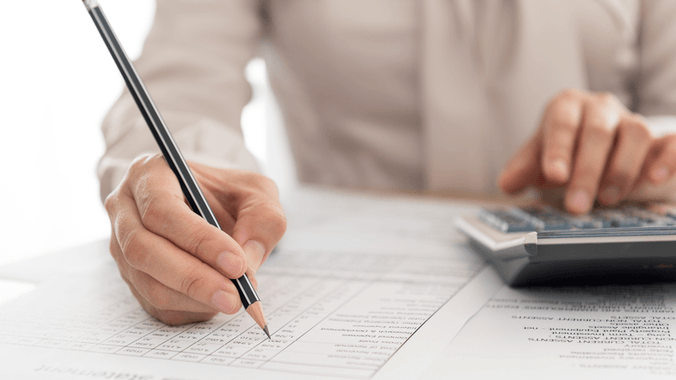Assets you purchase for your company, like computers, iPads, tablets, or furniture, will lose their value over time, or in accounting terms ‘depreciate’.
Depreciation is a cost to the business, but it cannot be treated like an expense where 100% of the amount can be offset against that years revenue. Instead the value of the item (or cost) is offset over a few years, depending on certain accounting rules.
You'll need to understand how this works at a high level so that you can read and understand your own year end accounts and ensure assets are treated correctly.
What is a ‘Company asset’
In general terms, an item is considered a company asset, rather than an expense if it has an ongoing use from year to year.
Some typical assets your might purchase:
- Computers, iPads, tablets, printers, software.
- Office furniture.
- Equipment: telephones etc.
What is depreciation?
Depreciation is used to write off the cost of an asset over its useful lifetime.
It does not reflect the passing of actual money but is a measure of the "cost to the company" of the use and ownership of the asset for the period under review.
The ‘net book value’ (cost less depreciation) of the assets, as shown in the accounts, reflects the "value to the company" rather than the "market value".
For example, a company might buy a computer which provides excellent service for three years. It should therefore be written off (or ‘depreciated’) over the three year period. The market value of the computer might however be negligible after six months usage.
Calculating depreciation
During each accounting year, a figure of depreciation will be calculated which represents an approximation of the cost to your business of owning the asset.
For example, a computer expected to last three years might be written off on a 33.3% ‘straight line’ basis. This means its entire cost would be written off in equal amounts over a three year cycle.
Accounting for assets and depreciation
Assets are treated differently to expenses in your company accounts.
In your company accounts, assets are ‘capitalised’ and included in the company balance sheet as assets, rather than written off to profit and loss account as expenses.
Unlike valid expenses, which are 100% tax deductible, depreciation is treated differently. The company cannot obtain the tax relief on the depreciation charges.
Instead the company can claim a ‘capital allowance’ on the cost of the equipment.
These capital allowances are set each year in the budget and vary depending upon the type of equipment.
The amount of depreciation charged in your company accounts will nearly always be different to the amount of capital allowances claimed, so that your accounts company profit will differ from your corporation tax profit.
An example of depreciation
A company purchases a computer at a cost of £2k (excluding VAT) which is expected to have a useful life of three years.
In the company accounts, the balance sheet would include the asset at its cost of £2k.
In the company’s profit and loss account, depreciation would be calculated at one third of £2k, being £667 and this figure would be included with the company expenses, thereby reducing the bottom line net profit for the year.
In the company’s corporation tax computation, the corporation tax would be computed on the basis of the company’s net profit after making certain adjustments, one of which would be to add back the depreciation of £667, because it is not tax deductible.
A capital allowances computation would be computed which would show, in the year of purchase of the computer, a 40% initial capital allowance to be deducted from the taxable profit. 40% of £2k = £800 allowance, which is actually greater than the depreciation charge in the accounts.
In the second year, a writing down capital allowance would be given at 25% on the reducing balance, i.e. £2k minus £800 = £1,200 x 25% = £300. In year two, the capital allowance of £300 is therefore less than the depreciation charge of £667 in the accounts.
Contractors responsibilities as director
As a contractor you need to record the purchase of assets in your company records. Your accountant will usually have a schedule of fixed assets on their file.
Such a schedule would also be used to prepare the corporation tax computation, including capital allowances claims and would need to be made available to an Inspector of Taxes if any query arose in respect of corporation tax and capital allowances.
When your year end accounts are prepared you will need to check that the assets have been depreciated correctly. This is something you can discuss with your accountant. Most accounting software will do this all for you, so it's a case of just checking that the right assets are listed in the accounting records. You can check your asset register for these - which your accountant will keep a record of.
Finally, if you sell an asset then you will need to inform your accountant, so that the transaction can be recorded correctly and records updated.

